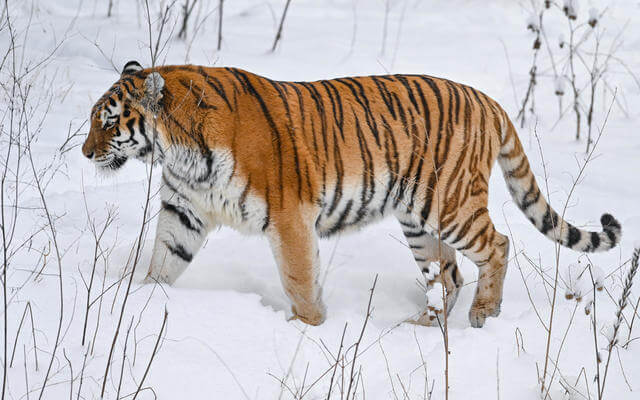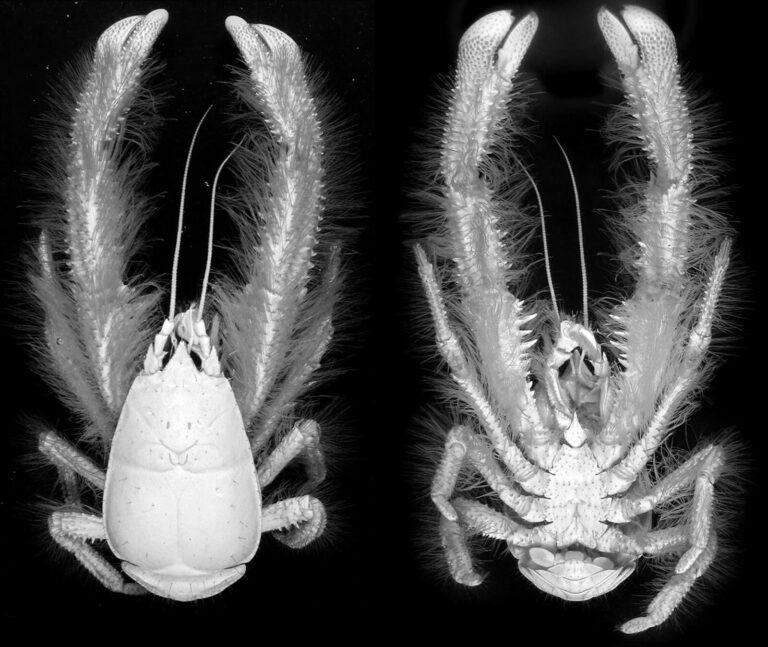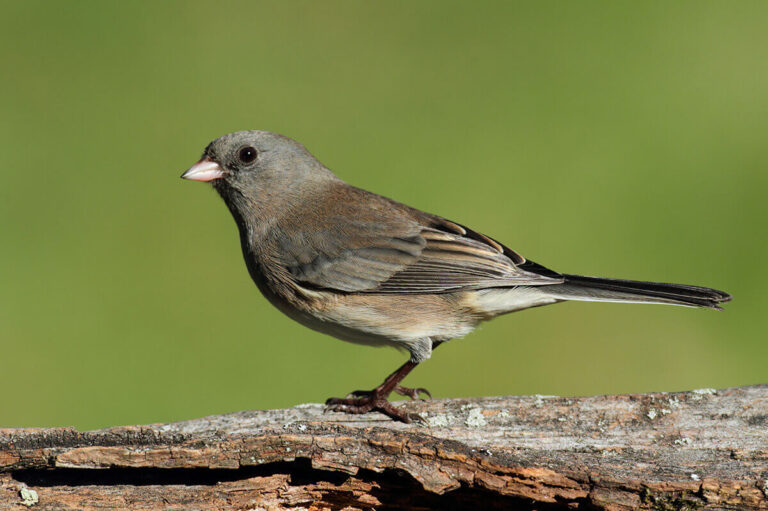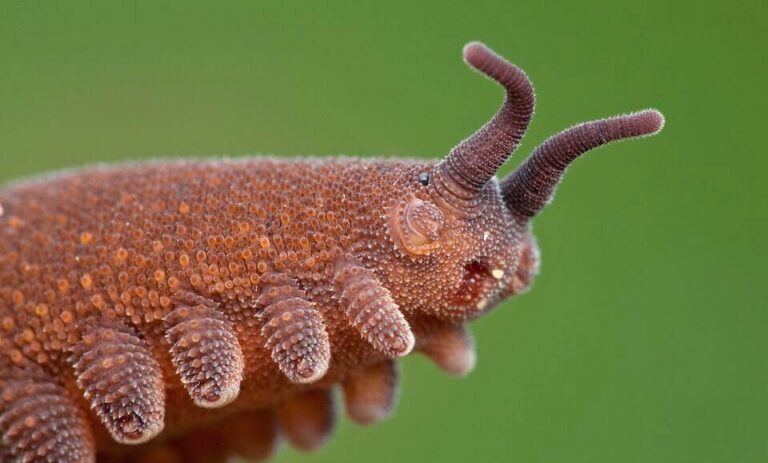Siberian Tiger: The Majestic Apex Predator of the Taiga
The Siberian Tiger, also known as the Amur tiger, is one of the world’s most iconic and powerful big cats. This remarkable animal roams the harsh and unforgiving terrains of the Russian Far East, captivating wildlife enthusiasts and researchers with its stunning beauty and raw power.
In this article, we will explore the fascinating world of the Siberian Tiger, delving into its scientific classification, physical characteristics, habitat, behavior, diet, reproduction, predators, and conservation status. Additionally, we will uncover some intriguing facts, explore its evolutionary history, and examine its complex relationship with humans.
Contents
Scientific Classification
- Kingdom: Animalia
- Phylum: Chordata
- Class: Mammalia
- Order: Carnivora
- Family: Felidae
- Genus: Panthera
- Species: Panthera tigris
- Subspecies: Panthera tigris altaica
Physical Characteristics

The Siberian Tiger is the world’s largest tiger subspecies and wild cat. Its distinctive physical features are adaptations to the cold environments it inhabits.
- Size: Adult males can reach up to 10.5 feet (3.3 meters) in length, including the tail, and weigh between 400-700 pounds (180-320 kg). Females are generally smaller, weighing between 220-400 pounds (100-180 kg).
- Fur: The thick, pale orange coat with narrow black stripes provides excellent camouflage in snowy forests. The fur on their underbelly is whiter and denser, offering extra insulation.
- Tail: A long, thick tail helps with balance and is used for communication.
- Paws: Large, padded paws act like snowshoes, distributing their weight and allowing them to move silently through the snow.
Habitat
Siberian Tigers primarily inhabit the boreal forests, also known as taiga, and temperate mixed forests of Russia’s Far East, particularly the Primorye and Khabarovsk regions. They are also found in small pockets of China and North Korea.
- Climate: They live in harsh climates with freezing temperatures, heavy snowfall, and dense forests that provide cover and stalking opportunities.
- Territory: These tigers are highly territorial, with males patrolling up to 1,500 square miles (3,900 square kilometers). They mark their territory with scent markings and scratches on trees.
Behavior

Siberian Tigers are solitary, elusive predators known for their stealth and patience. They are primarily nocturnal but may be active during the day in human-remote areas.
- Social Structure: Except for mothers with cubs, these tigers are solitary. Males and females come together only for mating.
- Communication: They use vocalizations, scent markings, and body language. Roaring helps establish territory and attract mates.
Diet
Siberian Tigers are apex predators with a carnivorous diet primarily consisting of large ungulates.
- Prey: Their diet includes wild boar, red deer, sika deer, roe deer, and occasionally smaller animals like hares and salmon.
- Hunting Technique: They are ambush predators, stalking prey silently before making a rapid, powerful pounce. Their success rate is about 1 in 10 hunts.
- Feeding: A single adult tiger can consume up to 60 pounds (27 kg) of meat in one meal.
Reproduction
- Mating Season: Siberian Tigers can breed at any time of the year, but most cubs are born between March and June.
- Gestation: The gestation period is approximately 3.5 months, resulting in a litter of 2-4 cubs.
- Cub Development: Cubs are born blind and helpless, weighing around 2 pounds (1 kg). They stay with their mother for up to two years, learning hunting skills and survival techniques.
Predators and Threats
Siberian Tigers have no natural predators other than humans. However, if left unprotected, cubs may fall prey to wolves, bears, or other large predators.
- Threats: The most significant threats are poaching, habitat loss, and prey depletion. Illegal hunting for their skins, bones, and other body parts continues to drive their decline.
Conservation Status
- IUCN Status: Endangered
- Population: Approximately 500-600 individuals remain in the wild. Conservation efforts are focused on anti-poaching measures, habitat restoration, and prey population recovery.
Interesting Facts
- Thickest Fur of All Tigers: The Siberian Tiger has the thickest fur among all tiger subspecies, perfectly adapted to withstand temperatures as low as -40°F (-40°C).
- Speed and Agility: Despite their large size, these tigers can sprint up to 50 mph (80 km/h) over short distances.
- Largest Home Range: Siberian Tigers have the largest home range of any tiger subspecies, which is necessary to support their high-energy needs.
Evolutionary History
The Siberian Tiger’s ancestors likely originated in Southeast Asia and spread northward over thousands of years. Genetic studies suggest that Siberian Tigers diverged from other tiger subspecies around 10,000 years ago. Their adaptations to cold climates, such as larger body size and thick fur, result from this northern migration.
Relationship with Humans
The Siberian Tiger has long represented strength and power in Russian and Asian cultures. However, this relationship has been complex, marked by conflict and reverence. Hunting for sport, traditional medicine, and habitat encroachment by humans have posed severe threats to their survival. Conservation initiatives, including protected areas and anti-poaching laws, are crucial in preserving this majestic animal.
Conclusion
The Siberian Tiger is not just a symbol of raw beauty and power; it is also a critical indicator of the health of its ecosystem. Despite being one of the most resilient tiger subspecies, it faces numerous challenges from human activities. The survival of the Siberian Tiger depends on our ability to protect its habitat, regulate hunting, and maintain a healthy prey population. As apex predators, they play a vital role in maintaining the balance of their environment, underscoring the importance of preserving these magnificent creatures for future generations.
- Are Rottweilers Good With Kids? Reasons & Training Tips - 17 September 2025
- How Long Are Dogs Pregnant: Complete Guide - 16 September 2025
- German Shepherd Doberman Mix: Info, Pictures, Care & More - 11 September 2025







